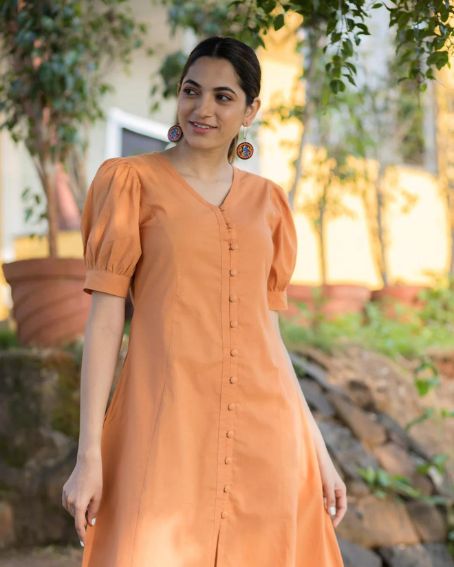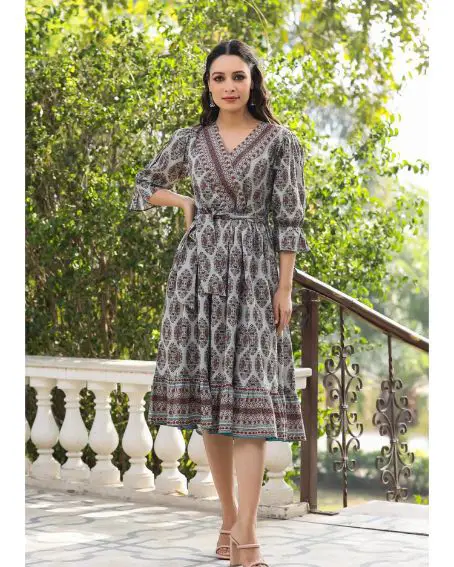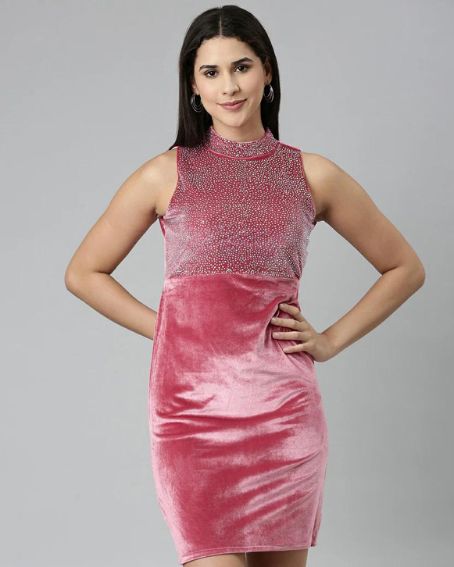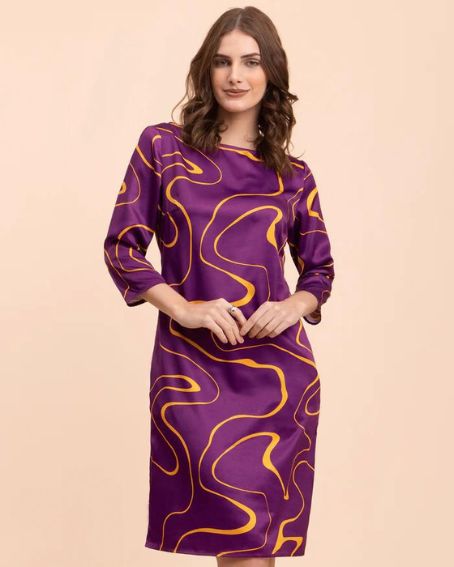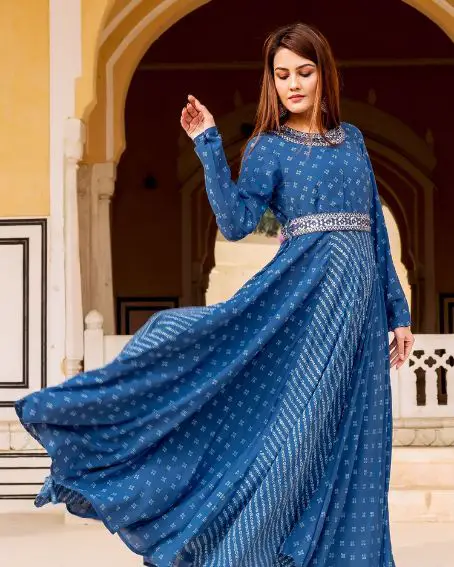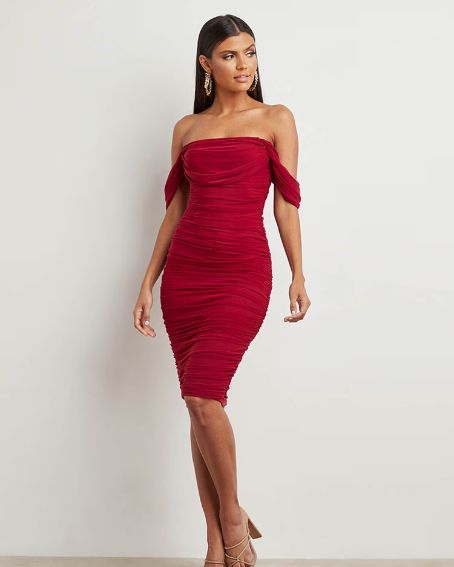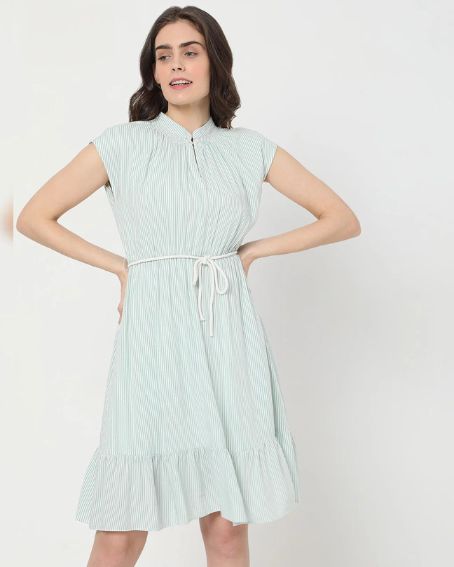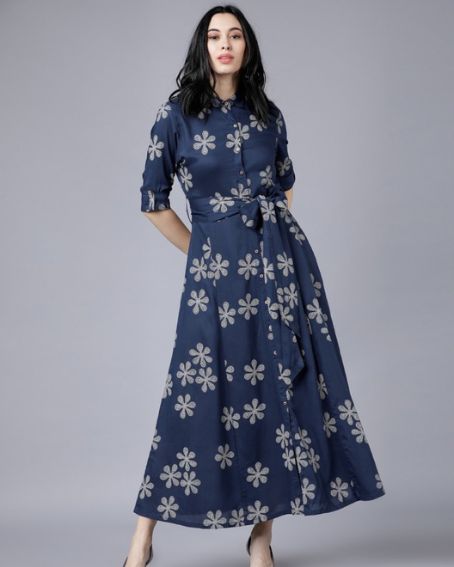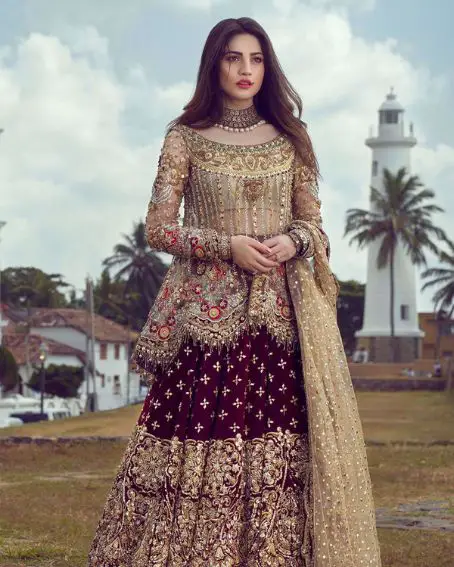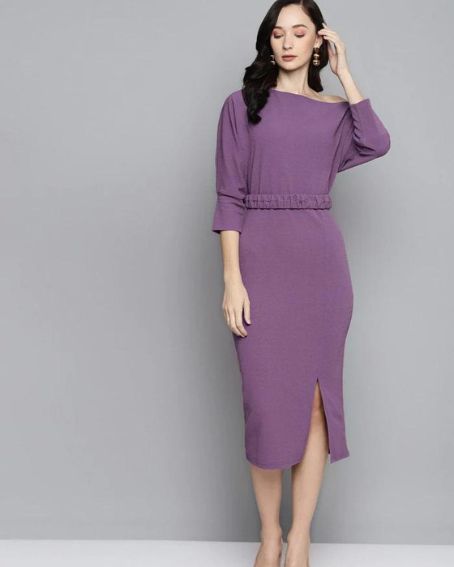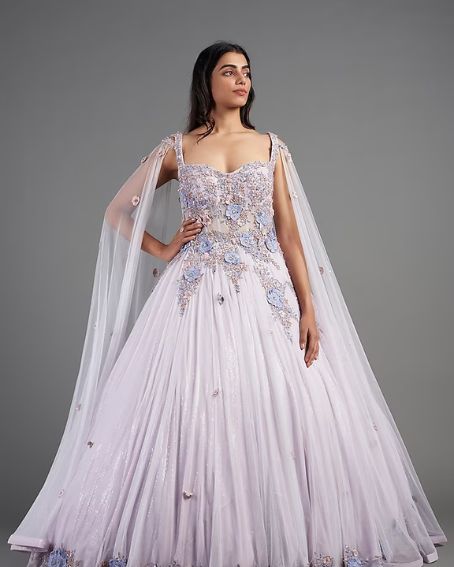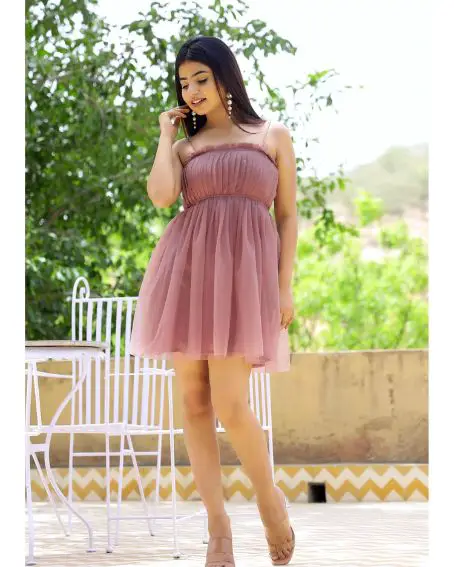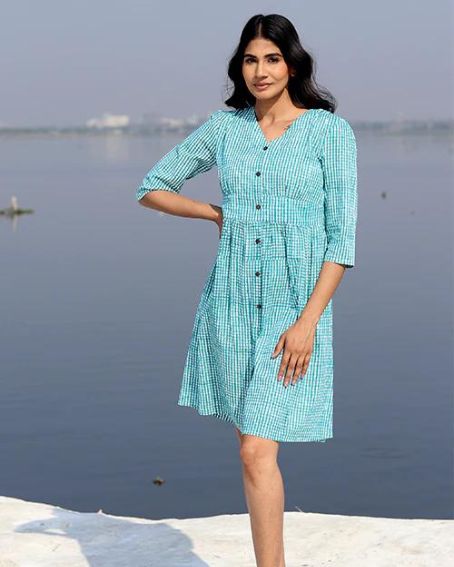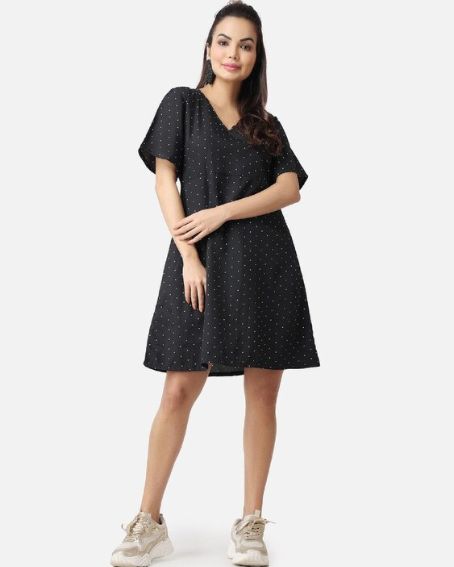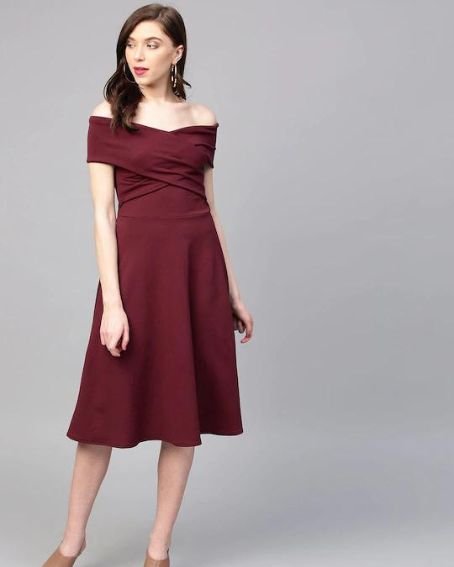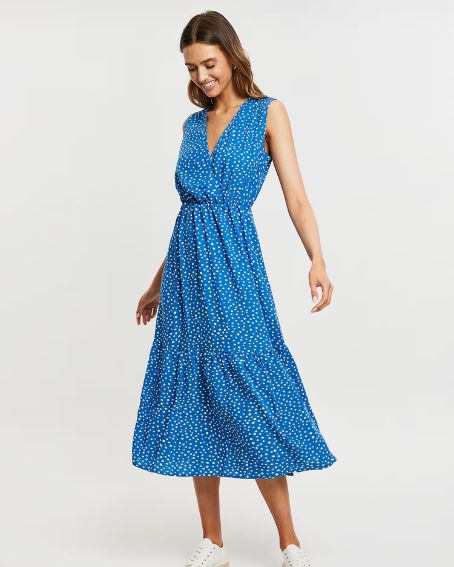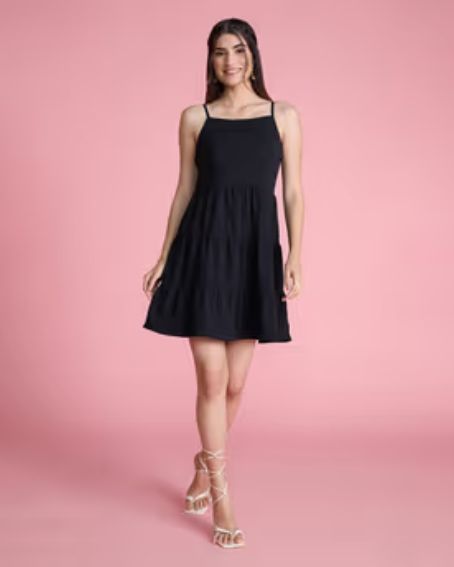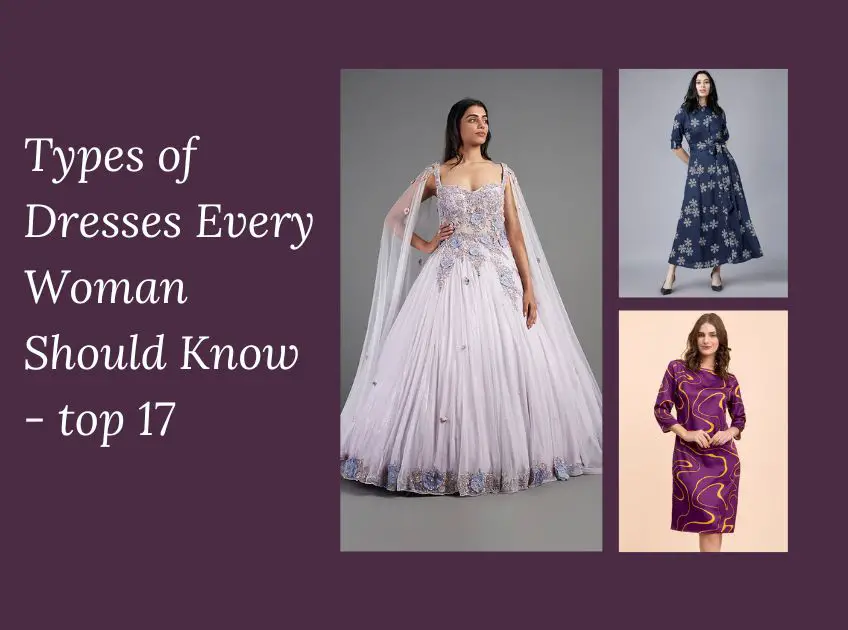
Important: This article is for informational purposes only. Please read our full disclaimer for more details.
Women’s fashion offers many different types of dresses for various occasions, styles, and personal preferences. These dresses come in a wide range, from classic and timeless to modern and trendy, giving women plenty of ways to express themselves.
We’ll talk about different types of women’s dresses, each with its own unique appeal and features. Whether it’s the classy and always popular Little Black Dress or the comfortable and long Maxi Dress, there’s a dress style for every mood, situation, and personality.
Types of Dresses Every Woman Should Know – top 17
1. A-line Dress
A dress that is narrow at the top and gradually widens towards the hem in an “A” shape. It is known for its flattering and timeless silhouette.
2. Wrap Dress
A dress with a front closure formed by wrapping one side across the other, often secured with a tie at the waist. It’s known for its versatility and adjustable fit.
3. Sheath Dress
A form-fitting dress that follows the body’s natural silhouette. It is typically straight and narrow, emphasizing a woman’s figure.
4. Shift Dress
A straight-cut dress that hangs from the shoulders with little or no definition at the waist. It’s often loose and comfortable.
5. Maxi Dress
A floor-length dress that provides a relaxed and flowing look. It’s suitable for both casual and formal occasions.
6. Bodycon Dress
A tight-fitting dress that contours to the body’s curves, creating a body-hugging silhouette.
7. Flare Dress
A dress that is fitted at the waist and flares out at the hips or hem, often creating a feminine, flouncy shape.
8. Shirt Dress
Resembling an oversized shirt, this dress is typically designed with a button-up front and a collar.
9. Peplum Dress
A dress with a flared ruffle or overskirt attached at the waist, giving it a unique and stylish look.
10. Midi Dress
A dress that falls to the mid-calf, offering a versatile and modest length.
11. Ball Gown
A formal, floor-length dress typically associated with special occasions like proms and galas. It has a fitted bodice and a full, voluminous skirt.
12. Cocktail Dress
A shorter, elegant dress suitable for semi-formal or formal events, often reaching above the knee.
13. Sun Dress
A light and casual dress, often with a relaxed and summery design, ideal for warm weather.
14. Tunic Dress
A loose-fitting, knee-length dress, often worn over leggings or as a casual beach cover-up.
15. Off-Shoulder Dress
A dress with a neckline that exposes the shoulders and collarbone, adding a touch of allure.
16. Empire Waist Dress
A dress with a high waistline that sits just below the bust, and a skirt that flows loosely from that point, creating a flattering silhouette.
17. Little Black Dress
Often abbreviated as LBD, this is a classic, versatile, and timeless black dress that can be dressed up or down for various occasions.
Women’s fashion offers a wide range of dress styles, allowing them to express themselves in various ways. Whether it’s the figure-hugging charm of Bodycon Dresses or the timeless grace of Ball Gowns, dresses are a canvas for designers’ creativity. These outfits are suitable for different aspects of a woman’s life, from relaxed outings in sundresses to fancy evenings in cocktail dresses or ball gowns. Regardless of the event, these dresses let women be themselves, feel confident, and show off a style that’s entirely their own.
Related Articles
- 20 Trendy Types of Saree Blouse Designs Patterns
- What are the Different Types Of Women’s Blouses?
- 14 Popular Types of Sleeves Design Pattern Ideas
- 25 Captivating Poses for Your Saree Photoshoot
- Full Sleeve Blouse Designs To Make A Fashion
- Neck Blouse Designs For Half Sarees
- Blouse Back Neck Designs
- 20 Stylish Mirror Work Blouse Designs to Inspire You
- 20 Threadwork Blouse Designs For Silk Sarees
- 20 Maggam Work Designs For Blouses To Inspire You
- 15 Best Hand Embroidery Blouse Designs
- 25 Latest Lehenga Blouse Designs
